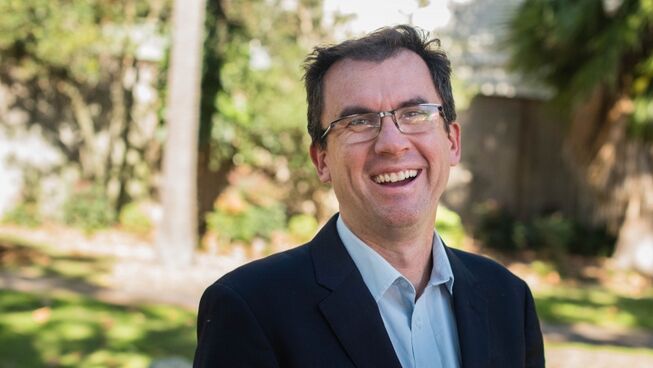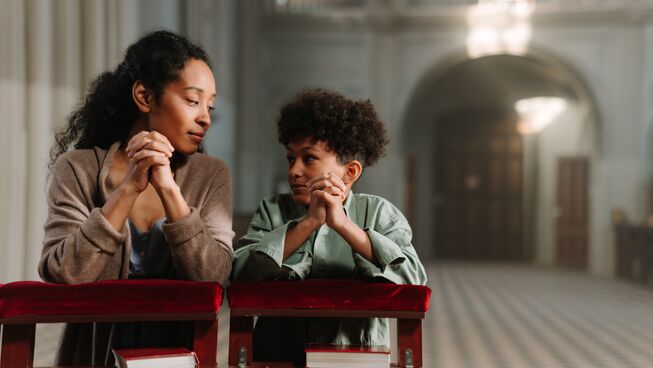The amazing human memory

How good is human memory? Is human memory good enough to accurately preserve remarkable one-off events which occurred long in the past?
Well the potentially surprising answer according to Professor Patrick Nunn is: extremely good.
In his fascinating book, The Edge of Memory, Nunn claims that human memories of events observed by eyewitnesses thousands of years ago have been preserved. He correlates scientific data on rising sea levels from the last Ice Age with oral histories from Aboriginal communities and claims that,
“there oral histories about rising sea levels from Aboriginal Australia, and plausibly in many other parts of the world, which have endured several thousand years - more than 7,000 years in the Australian case’ p.31
The Edge of Memory: Eyewitness testimony of remarkable events
He rallies 21 groups of Indigenous stories which record some form of inundation or flooding of land where the waters rose but never receded.
For example, the Narungga people of Spencer Gulf in South Australia have a tale ‘where there was no Spencer Gulf, but only marshy country reaching into the interior of Australia’ (p.70). The story recounts a disagreement between the animals and a leading kangaroo points a magical thigh bone at the mouth of Spencer Gulf causing the sea to enter it and then dragged the bone behind him to create a furrow, ‘the sea broke through and came tumbling and rolling along the track cut by the kangaroo bone. It flowed into the lagoon and marshes, which completely disappeared’ (p.70-71). Nunn argues that this can be plausibly interpreted to describe a rapid sea level rise of some 50m which created the modern Spencer Gulf at the end of the last ice age which occurred approximately 10,000 years ago.
There are also numerous aboriginal stories about the drowning of the shortest land connection between the South Australian mainland and Kangaroo Island (Blackstairs Passage). These stories are about a tall and powerful man Ngurunduri who has two wives who both run away from him. He pursues them and they see him coming and seek refuge on Kangaroo Island which at that time ‘was almost connected with the mainland and was possible for people to walk across’. Then as the women were halfway across, Ngurunduri realised they were seeking sanctuary and roared, ‘Fall waters-you’. Then the ocean rose, drowning the two women and carrying them south where they were turned to stone forming the Meralang Islands. The ocean depth of Blackstairs Passage is around 30m which mean a land crossing would been possible when the passage was some 35m lower (p72-73) which correlates to a time approximately 10,000 years ago.
There are many other stories including accounts of people crossing Port Phillip Bay ‘dry foot’, accounts of there being scrubland where now is the Great Barrier Reef and islands being formed off the coast of Western Australia, where previously land crossings were possible.
What is intriguing about these stories is that there would appear no clear reason to create stories about waters rising, or people drowning, or scrubland being inundated, apart from perhaps the suggestion that they were interpreting and recounting what they actually saw.
It appears that these Aboriginal eyewitnesses have subsumed these recollections into their “myths”, which does raise intriguing questions over the relationship of unusual historical events, human imagination and myth (p.20-23). It seems that pre-scientific Ancient Aboriginal cultures had no better interpretive framework than their ‘myths’ in which to understand and make sense of the remarkable changes to the physical landscape occurring before their eyes. Hence perhaps it’s too simplistic to see ancient ‘myths’ and indigenous stories as based solely in human imagination with no connection to historical events.
Indeed there appears to be some strength to Nunn’s claim that these Aboriginal stories are based on eyewitness accounts of extraordinary events thousands of years ago which have been transmitted to today!
The Gospels and eyewitness testimony
As I read Nunn’s book and contemplated the vast time scales over which recollections of events have been transmitted I couldn’t help notice similarities with the transmission of the Jesus tradition by the early disciples. There are some similarities between the situation of Aboriginal Australians and the first disciples: remarkable events which were witnessed by a community in an oral culture who felt the need to record and perpetuate them.
Yet many skeptics and atheists criticise memory as being unreliable and dismiss the historical reliability of the Gospels and the events recorded there because they were written ‘long after the death of Jesus’ (Richard Dawkins) or ‘decades after the claimed event [of the resurrection of Jesus]” as atheist Lawrence Krauss once wrote.
However if there are reasons to believe that the transmission of an event which occurred thousands of years ago, which Nunn claims, it would appear at least plausible, if not reasonable to trust the oral tradition of events which occurred only 30-50 years previous? Indeed after reading Nunn’s work where he’s proposing transmission periods of thousands of years, suggesting that a work can’t be reliable because of a time gap of a few decades between eyewitness and written record seems unfounded and instead almost laughable!
Have we underestimated ourselves?
It’s astonishing to think that the edge of human memory is perhaps several thousand years! Our culture dismisses oral cultures as being primitive and unreliable, yet but Nunn’s work is suggestive that these ancient and oral cultures may have more to say. He concludes that we have perhaps underestimated ourselves and the ability of humans in an oral context to transmit information. He claims we ‘privilege the written word over the oral’ because ‘this is what we have been uncritically trained to do’ (p.201) We live in a literate society, yet many human societies of antiquity, Aboriginal ones and that of Ancient Palestine were predominantly oral cultures (it is estimated that in Jesus’ time only perhaps 10% of the population were literate). So perhaps we need to challenge the privilege we’ve unwittingly given to the written word in order to safeguard the transmission of ideas and memories.
Therefore, perhaps human memory is better than we thought? Perhaps human memory can preserve remarkable one-off events which occurred long in the past? Perhaps oral cultures can faithfully transmit recollections over vast lengths of time? And perhaps there may be reason to believe that remarkable events, like a resurrection, could be accurately preserved even after several decades?







